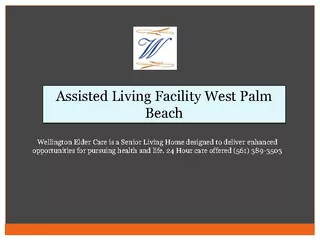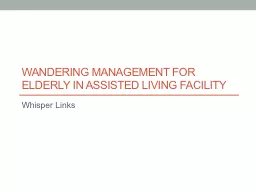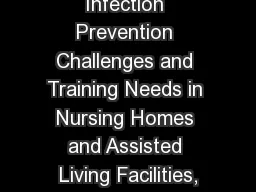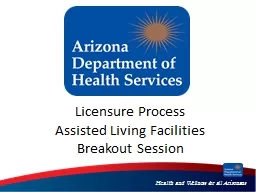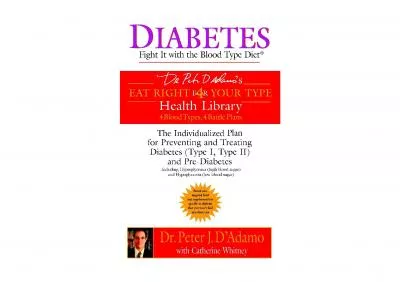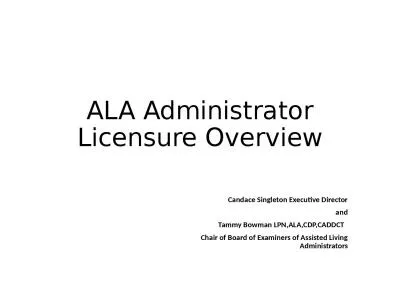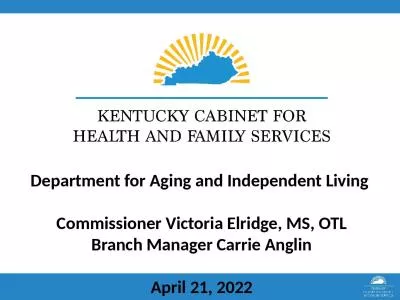PPT-Diabetes in Assisted Living: What YOU Need to Know
Author : ellena-manuel | Published Date : 2020-04-04
Sandra Petersen DNP APRN FNPBC GNPBC PMHNPBE FAANP This Photo by Unknown Author is licensed under CC BYSANC Type 1 Type 2 HbA1C Diabetes Its more than just blood
Presentation Embed Code
Download Presentation
Download Presentation The PPT/PDF document " Diabetes in Assisted Living: What YOU N..." is the property of its rightful owner. Permission is granted to download and print the materials on this website for personal, non-commercial use only, and to display it on your personal computer provided you do not modify the materials and that you retain all copyright notices contained in the materials. By downloading content from our website, you accept the terms of this agreement.
Diabetes in Assisted Living: What YOU Need to Know: Transcript
Download Rules Of Document
" Diabetes in Assisted Living: What YOU Need to Know"The content belongs to its owner. You may download and print it for personal use, without modification, and keep all copyright notices. By downloading, you agree to these terms.
Related Documents


